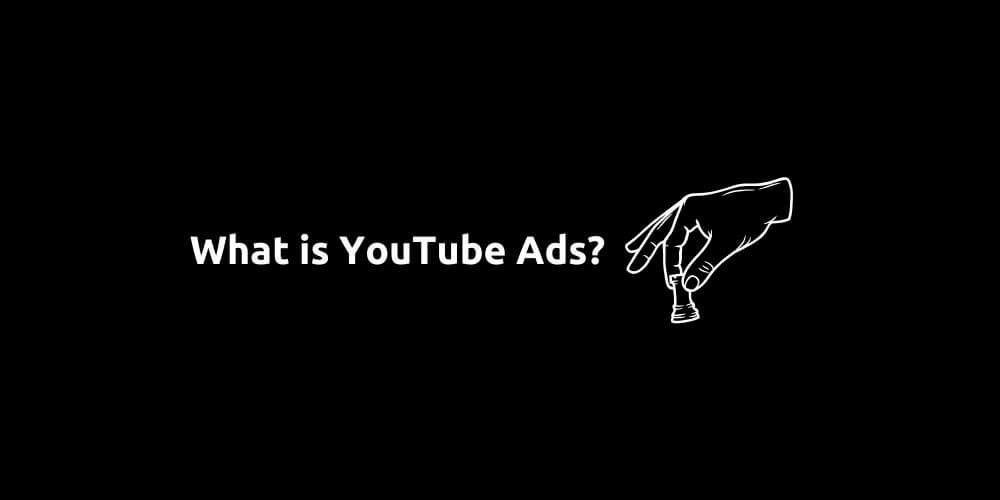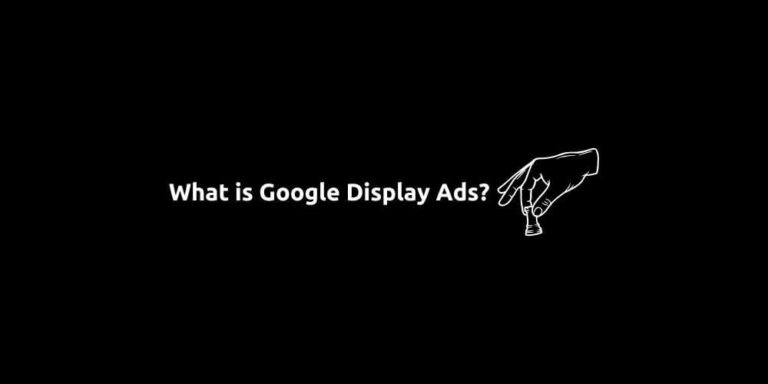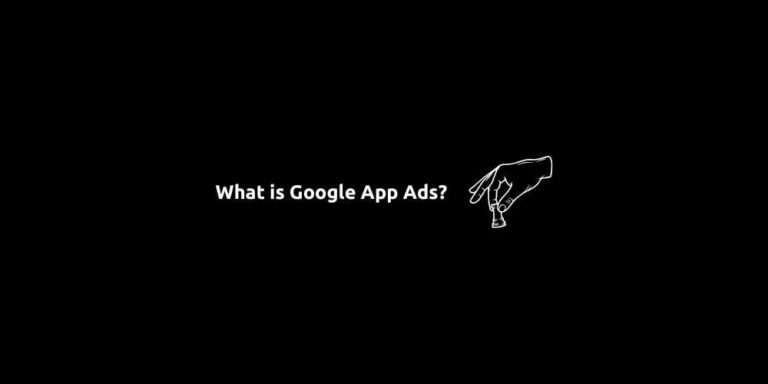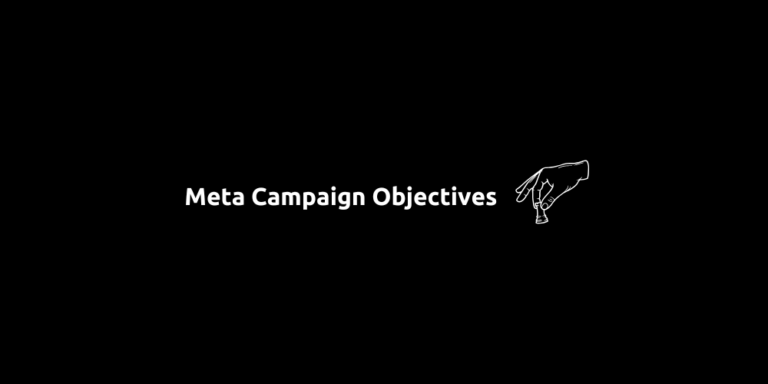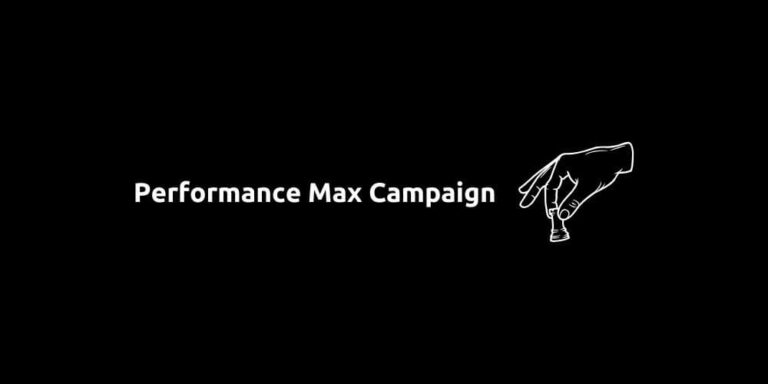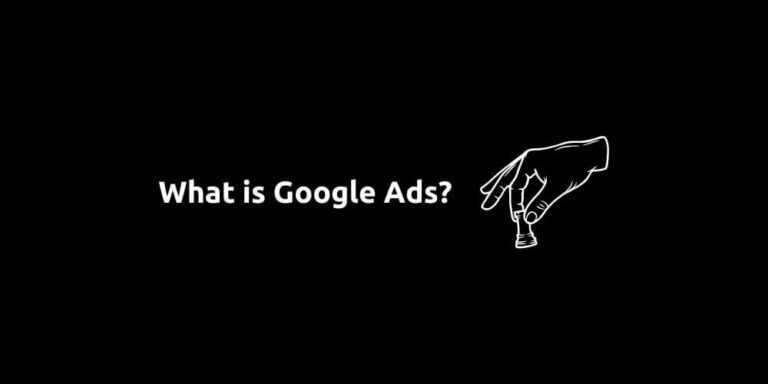What is YouTube Ads?
YouTube Ads is Google’s video advertising platform that allows businesses and individuals to promote their content on YouTube. As one of the largest video-sharing platforms in the world, YouTube provides advertisers with an opportunity to reach a vast audience through targeted video ads.
With YouTube Ads, brands can boost their visibility, drive website traffic, generate leads, and increase sales by delivering engaging video content to users based on their interests, search behavior, and demographics.
Content:
- How YouTube Ads Work?
- Types of YouTube Ads
- Benefits of YouTube Ads
- Cons of YouTube Ads
- How to Get Started with YouTube Ads?
How YouTube Ads Work?
YouTube Ads operates through Google Ads, where advertisers create and manage their ad campaigns.
The process begins with setting a campaign objective, which can include brand awareness, website traffic, lead generation, or conversions. Advertisers then select their target audience using various parameters, such as demographics (age, gender, location, income), interests (topics they engage with), and behaviors (search history and video-watching patterns). They can also use remarketing to target users who have previously interacted with their brand.
Next, advertisers choose the format of their ad, ensuring it aligns with their goals. After selecting an ad format, they set a budget and bidding strategy, determining how much they are willing to pay per view, click, or conversion. YouTube Ads operates on an auction-based system, where advertisers bid against competitors for ad placement. The cost depends on factors such as audience demand, competition, and ad relevance. It is actually very similar to Google Search Ads.
Once the campaign is launched, advertisers can monitor its performance through the Google Ads interface. Metrics such as impressions, views, view rate, video played %, and conversions help advertisers assess their campaign’s effectiveness. Based on these insights, they can refine their targeting, adjust bids, or modify ad creatives to improve results.
Types of YouTube Ads
YouTube provides various ad formats designed to cater to different marketing goals.
Skippable In-Stream Ads play before, during, or after a video and allow users to skip after five seconds. Advertisers only pay if a user watches at least 30 seconds or interacts with the ad, making it ideal for brand awareness and engagement.
Non-Skippable In-Stream Ads, on the other hand, are typically 15-20 seconds long and must be watched in full, ensuring guaranteed exposure but sometimes leading to viewer frustration. These ads work best for high-impact messaging.
Bumper Ads are short, six-second ads that cannot be skipped and are designed for brief, memorable brand messages, making them effective for maximizing reach and frequency.
Video Discovery Ads, previously known as In-Display Ads, appear in YouTube search results, video watch pages, or the YouTube homepage. They encourage users to click and watch a promoted video, making them useful for increasing organic views and channel growth.
Lastly, Masthead Ads offers premium ad placement on the YouTube homepage, providing massive exposure but at a high cost. These are typically used by large brands for product launches or major promotions.
Benefits of YouTube Ads
YouTube Ads provides several advantages for advertisers. One of the biggest advantages is its massive audience reach, as YouTube has over 2 billion monthly logged-in users, giving advertisers a significant platform to showcase their brands.
Another one is advanced targeting capabilities. This allows advertisers to segment their audience based on demographics, interests, and behaviors, ensuring their message reaches the right people.
YouTube ads is budget friendly too. The cost-effective pricing model ensures advertisers only pay for actual engagement, whether through a pay-per-view or pay-per-click system, allowing businesses to control their advertising spend effectively.
In addition to that video content inherently has a high engagement potential, making it a powerful storytelling tool for brands to connect with their audience emotionally and visually.
YouTube Ads also provide detailed performance tracking and analytics, enabling advertisers to refine their strategy by assessing key metrics such as impressions, click-through rates, and conversions.
Another benefit is its seamless integration with Google’s digital advertising ecosystem, allowing businesses to coordinate their YouTube campaigns with search, display, and other ad formats for a comprehensive marketing approach.
Moreover, YouTube’s ad formats provide flexibility, giving businesses various options, such as skippable and non-skippable ads, to align with their campaign objectives and user preferences.
Last but not least, YouTube Ads are highly scalable, making them suitable for small businesses and large enterprises alike, offering different budget levels and advertising goals that can be adjusted over time.
Cons of YouTube Ads
Despite its benefits, YouTube Ads has some drawbacks. For example, many users skip skippable ads asap and this reducing their effectiveness.
The platform is highly competitive too. This makes it harder for smaller advertisers to stand out. Also, while YouTube Ads can be cost-effective, industries with high competition may experience higher costs per click or view.
Furthermore, effective video ads require high-quality production, which can be both expensive and time-consuming, making them less accessible for smaller businesses with limited budgets.
How to Get Started with YouTube Ads?
YouTube Ads, despite its drawbacks, is a powerful advertising platform that enables businesses to leverage the immense popularity of video content to connect with their target audience. By using the right ad format, targeting strategy, and engaging video content, advertisers can achieve substantial brand growth and customer engagement.
Success requires a strategic approach, continuous learning, and regular optimization. With the right planning and execution, Google’s Youtube Ad Campaigns can be a game-changer in your digital marketing strategy. And this is what we do at SS&T Digital. 👇
